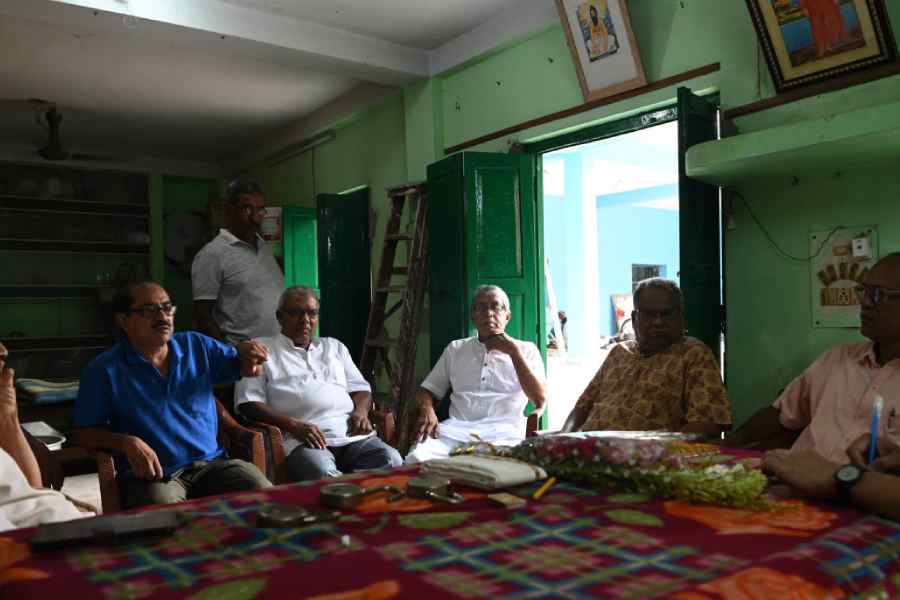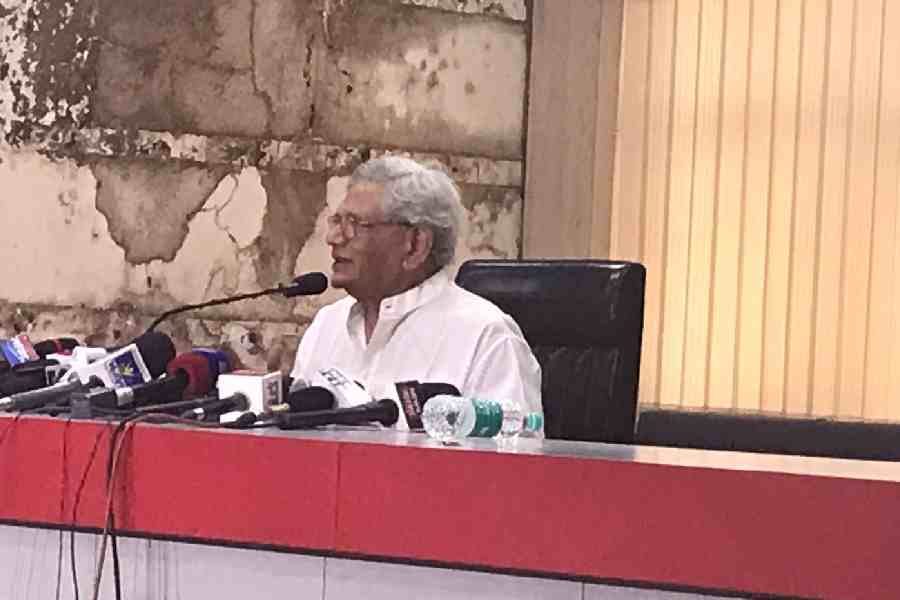There’s a locked door on the eastbound platform of the Chancery Lane station of the London Underground. The door is unassuming, sturdy and white.
Behind it is a wide set of stairs leading to a roughly mile-long maze of tunnels built in the 1940s that were first intended to serve as a World War II shelter and later used for espionage, the storage of 400 tonnes of government documents and telecom services.
Welcome to the Kingsway Exchange tunnels, set roughly 100 feet below street level in the centre of London, sprawling beneath the Underground’s Central Line. Soon they could enter a new chapter: Angus Murray, the owner of the complex, who bought the tunnels last summer, has applied for planning permission to local authorities together with architecture firm WilkinsonEyre to turn the tunnels into a tourist destination that could handle millions of people a year.
Murray’s London Tunnels is planning to invest a total of £220 million (about $275 million) on restoring and preserving the tunnels, as well as adding technology for art installations and other attractions. Murray hopes to open the complex in 2027, and said that it would be able to host temporary art exhibitions, fashion shows and more.
At the moment, entering the tunnels requires riding a small elevator tucked behind a side door in an alleyway off a wide street in central London. (Visitors to the attraction would use a different, bigger entrance, Murray said.)
When the elevator doors open, you step into a World War II-era tunnel — one of 10 civilian shelters proposed by the British government after the beginning of the Blitz, the eight-month bombing of London by the Germans that started in September 1940. The tunnels were never used as shelters. By the time they were completed in 1942, the Blitz was over.
During the Cold War, the British government instructed its telephone department, which later became British Telecom, to set up a secret communications system in the tunnels that could survive a nuclear attack. The famous hotline between the Kremlin and the White House ran through the complex, according to the project’s website. Some of the phone exchange’s equipment in the tunnels still survives today.
“The idea was that it would provide a degree of protection,” said Martin Dixon, a trustee for Subterranea Britannica, a charity that documents and tries to preserve underground spaces.
New York Times News Service










